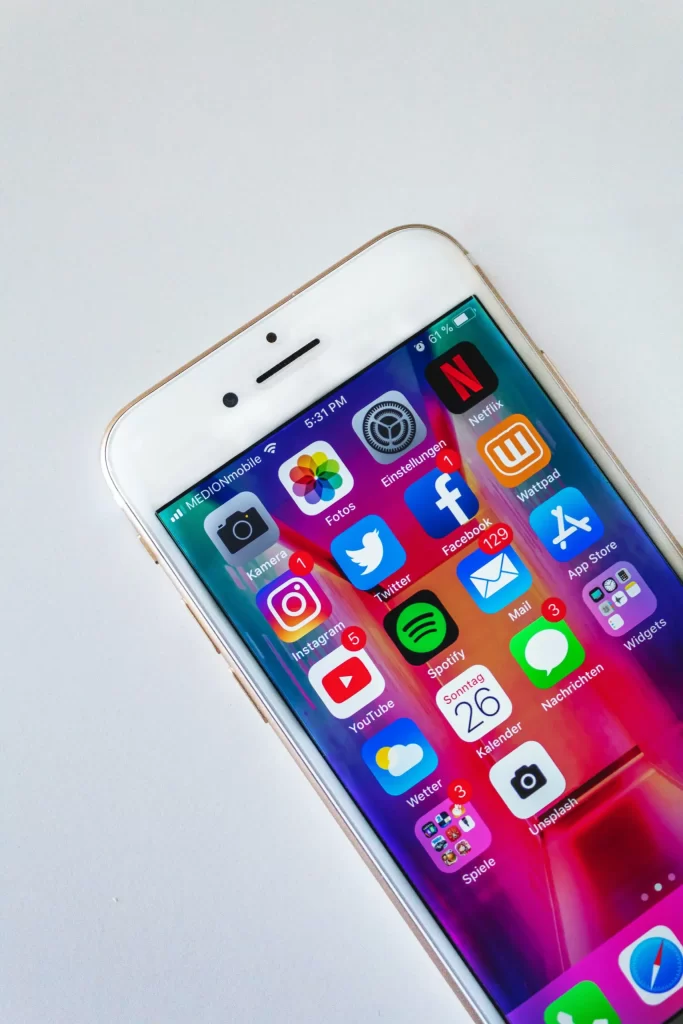Your app has hit the stores and has done well for itself in its life on the market, but the journey doesn’t stop there. It’s difficult enough for an app to hit the marketplace with somewhat success, but staying on top of app store charts is a priority after launch. App marketing agencies know that there is a lot of upkeep to be done in order for your app to survive, being that the app advertising doesn’t end after the initial install and relies on further app optimization post launch. Be sure to sharpen all aspects of your app’s advertising before launch when thinking long term.
For starters, prioritize your apps optimization. Make sure your app is consistently functioning at a high level and does not take away from a user’s experience. Next, you should stay up-to-date with ASO. Fine tune keywords, descriptions, and screenshots. Don’t refresh everything though, utilize data and monitor what works and what doesn’t. Adjust what doesn’t work and focus on what has made your app thrive. Stay tuned in on what your app’s competitors are doing and try to continue to differentiate your product from theirs.
Social Media in App Optimization Post Launch
Social media has become a very useful tool for marketing agencies. It has become good practice for advertising companies to create and maintain a strong social platform; for connections to both clients and and users. A good social standing can grant an app or company a positive reputation. Social media allows for ad agencies to find and utilize influencers in order to further hone in on targeted demographics.
Research your social media platforms before diving in. It would be best to market your app in different ways on different networks; being that each social media platform has a personality of its own. For example, it may be best to target businesses through LinkedIn and visualize your product through Instagram. Social media is the next step in Word-Of-Mouth Marketing in creating social proof through influencers.
Reviews are Key in Post Launch
High ratings mean a lot in keeping your app afloat in the market. Good reviews and ratings can increase your app’s downloads by up to eight times. Feedback and positive reviews will always help in creating a loyal user base. With this, you can build off and dive into referral marketing. Loyal users will refer your app to friends and family; expanding your app’s user base.
Like social media marketing, referral marketing is another adaptation to Work-Of-Mouth Marketing, which is proven to be the most effective tool in advertising. Engage with your app’s users, but don’t berate users with review requests and referrals; this can turn users off to your product and can lead to an eventual uninstall.
The Journey After the Install
An app’s profitability doesn’t end after the first install. Actually, it is more beneficial to retain users beyond the initial download. App marketing and optimization definitely don’t end either. Unfortunately, costs will continue also, so you need a strategy to keep your app’s funds from running dry.
Using market research, advertisers and app developers can better personalize the app to its users. Personalized app customization and targeted advertising increase your app’s downloads and usage, while of course contributing heavily to user retention as well.
App Optimization and Post Launch User Retention
User experience is the number one priority in developing and advertising apps. Staying active and engaged with your app’s users can lead to long term loyalty and more market exposure. Minor details in marketing like mobile deep linking can drive more traffic to your app’s key features. While push notifications are a great way to keep current users engaged, increasing retention rates to up to 180%. Engaging users through update and event notifications will contribute directly to positive reviews, which can then help in staying atop app store charts.
Keep in mind that, at the end of the road, trade-offs must be made. App developers and marketers must look to find a balance between an app’s speed, memory, and usability in order to best fit a user’s needs and comfort in using the app.
